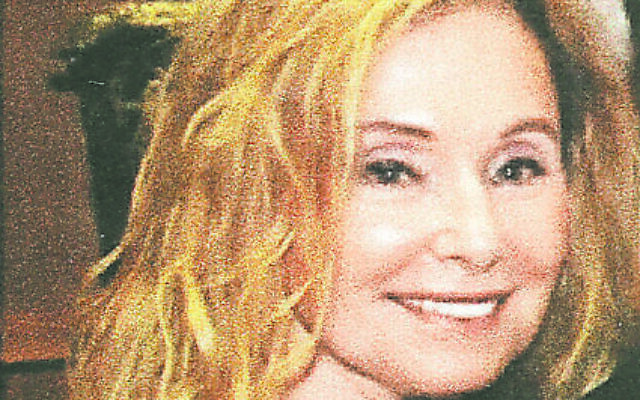What’s So High and Holy about the High Holidays?
Once upon a time, not all that long ago, a young girl was dressed up in her finest and prettiest clothes.
Once upon a time, not all that long ago, a young girl was dressed up in her finest and prettiest clothes.
Each and every Rosh Hashanah/Yom Kippur (always spoken of in a more reverent tone than all other Jewish holidays, and always spoken of together, making the two holidays sound like one), she was treated to her beloved, brand-spanking-new black patent leather Mary Janes and white socks with a generous double layer of lace fringe.
The little girl’s dresses were almost exclusively in a velvet fabric, flared with a sweet, white lacey collar. Her sisters and her mom and dad were, of course, also farputzed (all decked out) in their finest of fine clothing ensembles.
Her cousins, as well as her aunts and uncles, were dressed in their spiffiest attire. On the mornings of the High Holy Days, they would leave their respective apartments, riding down their respective elevators and together embark on the few city blocks leading to their synagogue.
In synagogue, they felt blessed and humbled to begin their prayers, asking for forgiveness, health and more time to ensure a longer life shared with their precious family and their dear friends, praying to live and share in holy prayer the following year.
This little girl was drawn to the collection of “holy” tickets, while listening and absorbing the beautiful sounds of a congregation in prayer.
One Rosh Hashanah/Yom Kippur, our synagogue required holiday tickets be shown to the off-duty policeman, who was instructed to collect said tickets from each family member. Any tickets accidentally or deliberately dropped were fair game to this little girl and her friends.
These tickets revealed the High Holy Days dates and the section — upstairs in balcony seating for the ladies and their female children, and downstairs for the men and male children. Yes, it was a congregation of observant Jews. (She had never heard of the concept of Modern Orthodox.)
Right smack in the middle of the shul was a large raised square bimah. This bimah boasted an extraordinary mixture of velvet and ornate gold thrones for the Senior Rabbi and his associates. An exquisitely carved wooden Aron Kodesh, and its beautifully handmade curtain, were a precious addition to the container in which the holy Torah was nestled.
The podium, also covered with a beautifully hand-crafted cloth, was slightly slanted for easier reading of the Torah. Not to be outdone, the coverings for each individual Torah, and each individual Torah crown, were handmade and fabulous.
Is this, you may ask, what makes the High Holy Days so high and holy?
In a sweet way, these trappings did indeed shout “High Holy Days,” since when else was she permitted to dress in her finest? Oh, I nearly forgot, she could wear these beautiful and precious clothes on Pesach, assuming she did not grow out of them and require new velvet ensembles.
Once upon a time, not so long ago, she shared these precious holy days with all the family who would influence her for her lifetime. They were her first influencers.




comments